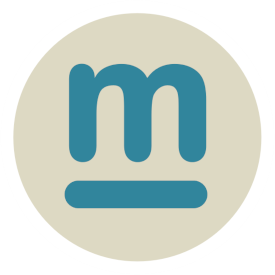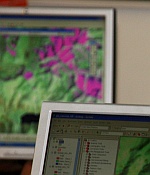 |
Welcome to the websites of Martin Mergili |

BOKU 872.000 VU2 WS2019 2018 2017 2016 2015 2014 2013 2012 2011 2010
Martin Mergili with various teaching assistants
Geographic Information Systems or Sciences (GIS) stand for computer software, digital data and computing methods designed to manage spatial information. Spatial information carries a spatial reference, usually bound to a projected or geographic coordinate system. This means that the location of a point or an image pixel does not just contain interior coordinates, but also exterior ones. Today, remotely sensed datasets like aerial or satellite imagery are an integral part of GIS. Most problems in applied geosciences are not restricted to one single point, but are spatially - and often also temporally - more complex. Lakes or glaciers may change in size, flow processes (lava flows, landslides, debris flows etc.) spread along a certain path. GIS in combination with Remote Sensing (RS) are valuable tools to analyze process behaviour, interactions between systems or spatio-temporal changes of systems.
This course gave an introduction in how to efficiently use GIS and RS in various fields of Applied Geosciences. The course was focused on the retrieval, preparation and analysis of remotely sensed datasets, with emphasis on optical and infrared satellite imagery as well as digital elevation models (DEMs). Some basic understanding of the principles of GIS and Remote Sensing was expected from the participants.
The course followed a concept of learning by doing. Specific real-world problems faced by Applied Geoscientists were taken as examples. The various aspects of GIS and RS were conveyed by introducing step-by-step solutions of those problems. The course was not coupled to one specific software package and was not thought to constitute a how-to-do manual. It rather introduced to general GIS-specific functions which can be performed by various packages. However, it also attempted to convey a feeling for which software performs best for which types of tasks. At the end of the course, the participants were able
- to decide which methods, data and software are useful for the solution of which type of problem;
- to know where to search for and how to prepare the data;
- to independently, efficiently and creatively perform standard and slightly advanced operations on DEMs and satellite imagery;
- to know about more advanced methods of RS.
The course built on four comprehensive lessons with a wide range of topics and areas. Two more lessons were dedicated to practice and to the final exam. Each lesson had a duration of four teaching units.